Just inland from Queensland’s Cassowary Coast, between Townsville and Cairns, is Wallaman Falls. Widely recognized, (though not unanimously), as the tallest waterfall in Australia.
Set amongst the stunning rainforest of the Girringun National Park, this breathtaking waterfall is one of the most beautiful sights on the drive between Brisbane and Cairns.
The meandering Stoney Creek meets the top of the Wallaman gorge abruptly. Here it cascades over the precipice and plunges almost 300 meters straight down toward the deep pool below. On its long descent, the creek turns into mist, engulfing the gorge and lush green rainforest below.
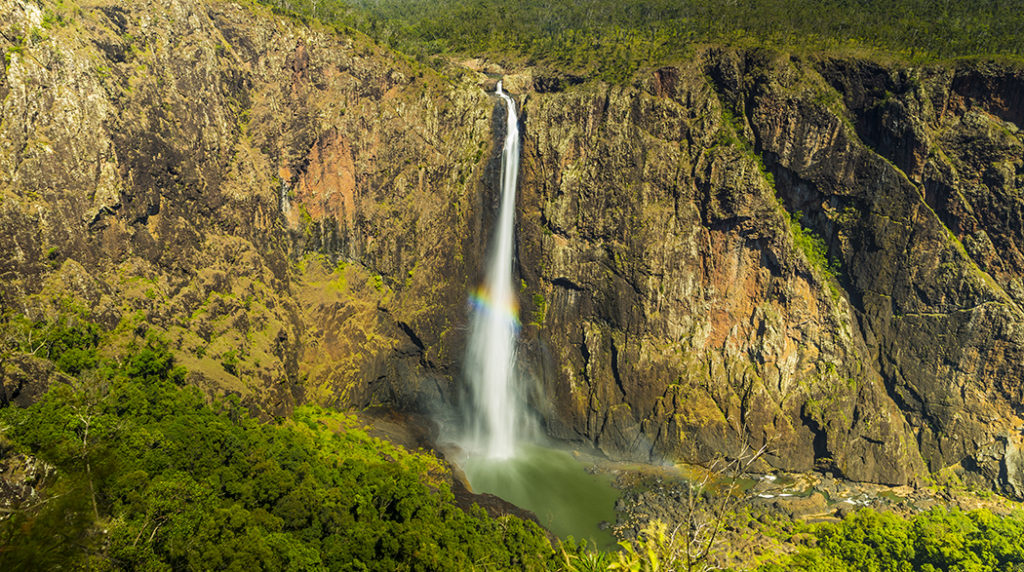
Wallaman Falls’ true status is, “Australia’s tallest perennial single drop waterfall”. Appellations aside, it is a truly spectacular natural display. Although often eclipsed by the nearby Great Barrier Reef, it is one of the unsung wonders of Queensland’s north.
First some Wallaman Falls FAQs
Is Wallaman Falls the biggest waterfall in Australia?
Technically, Australia’s highest waterfall is Elizabeth Grant Falls in Queensland’s Tully Gorge which cascades about 300 meters in a number of drops down the side of the gorge. But Wallaman Falls is the highest, permanent, single-drop waterfall in Australia and the more impressive of the two.
How tall is Wallaman Falls?
Wallaman Falls is fed by the Stony creek that plunges 268 metres from the top of the gorge in a clear single-drop
Can you swim at Wallaman Falls?
Yes! Swimming is possible in the twenty-meter deep pool at the bottom of the falls. You can also swim in Stoney Creek above the falls, accessible via the Bungaroo Trail in the Wallaman Falls Camping Area. Do not swim here in Wet Season when the creek is flowing quickly as it can be treacherous and leads to the falls.
Girringun National Park, Wallaman Section
Girrungun National Park is part of Queensland’s remarkable and World Heritage-listed Wet Tropics. A ranging jungle extending over about 9000 square kilometres from Townsville to Cook Town and from the Great Dividing Range out to the Great Barrier Reef. Incomprehensibly ancient, parts of the Wet Tropics are 180 million years old and have been continually inhabited by humans for more than 5000 years. Its striking beauty, unfathomable history, and immense cultural significance have earned its world heritage status.
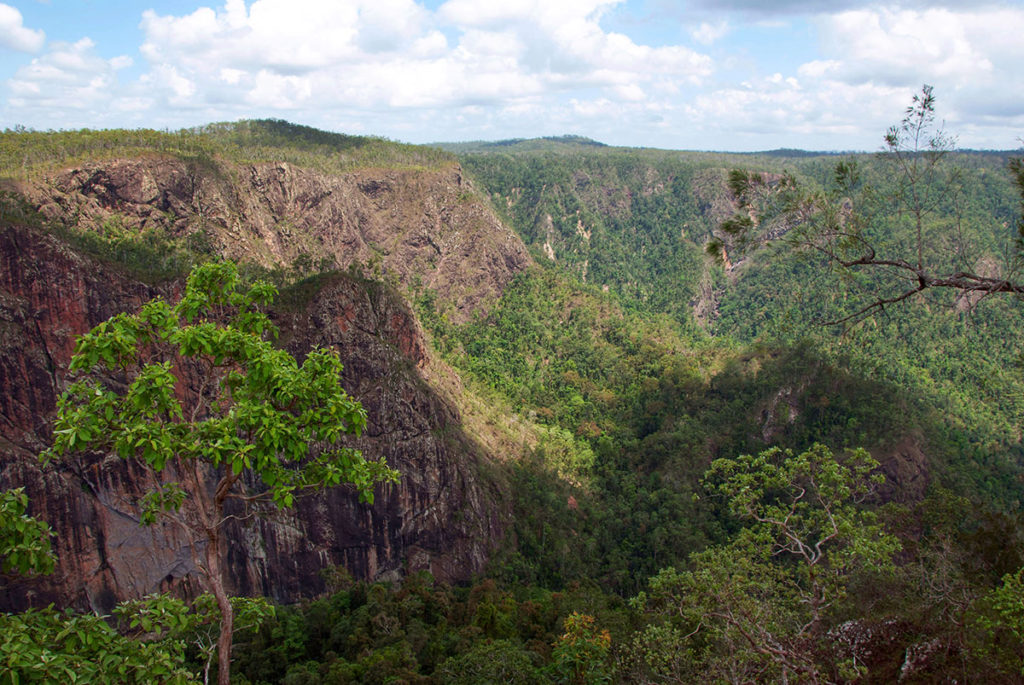
The rugged Girringun National Park occupies an area of over 1,500 square kilometres at the southern end of the Wet Tropics. The landscape is dominated by remnants of ancient volcanoes, soaring peaks and deep gorges carved out over millennia. All of it draped in the green of the rainforest.
Formerly named the Lumholtz National Park the area was renamed in 2000 in recognition of the aboriginal tribes of the Girringun that are connected with this area. Girringun is the name of the ancestral creator associated with the tribes of the Warangnu, Jirrbal, Warrgamay, and Girramay people who have lived in this region for thousands of years. The Wallaman section of the park is the ancestral home of the Warrgamaygan Aboriginal people.
Girringun National Park is comprised of six sections, Blencoe Falls, Dalrymple Gap track, Mount Fox, Princess Hills, Wairuna, and the Wallaman section. The Wallaman section has limited access outside of the Wallaman falls lookout and the Wallaman Falls camping area. Wilderness hiking and remote camps are accessible via the park Wet Tropics Great Walks.
Wallaman Falls, Australia’s Tallest Waterfall
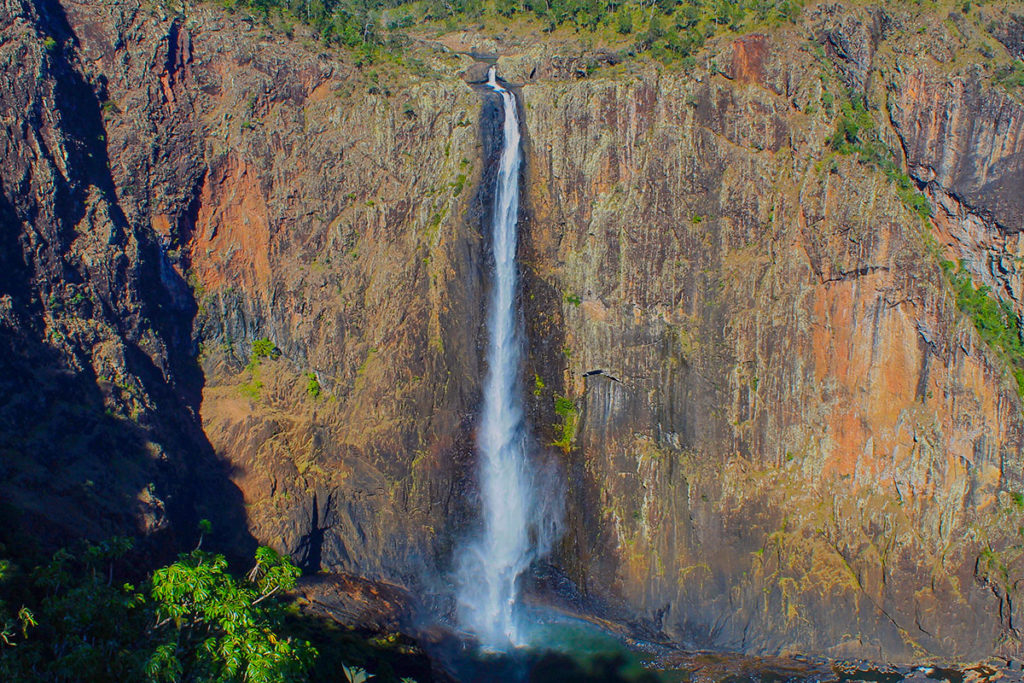
The most impressive feature within Girringun, is undoubtedly the Wallaman gorge, specifically the point where Stoney Creek plunges off it.
Technically speaking, Wallaman isn’t Australia’s highest waterfall. Rather, at 268 meters (879 ft), Wallaman falls is the largest single-drop falls in Australia, a lofty title nonetheless. The water cascades off the cliff face of the gorge and falls straight down. Before it reaches the bottom the water has turned into a fine mist that covers the gorge and forest at the base of the falls. As if it couldn’t be any more striking, at the right time of day the mist refracts a rainbow halo around the falls.
Wallaman Falls lookout, on the east side of the gorge, has parking for ten or more cars. Viewing decks with safety railings jut out into the ravine providing fantastic views to the falls a few hundred meters away on the other side of the gorge.
Another lower, ‘gorge lookout’ can be found less than one hundred meters away from the falls lookout providing a vantage of the gorge as it stretches away to the north.
Other amenities at the Wallaman Falls Lookout include a picnic area with tables, a grassy area, and a toilet block. It is the perfect place to spend a morning, afternoon, or evening with a picnic.
Wallaman Falls Walks
After taking in the panoramic view of the falls from the lookout, you can opt to get a closer look at the falls or other parts of the Girrungun National Park, via its bushwalking trails.
Djyinda Trail
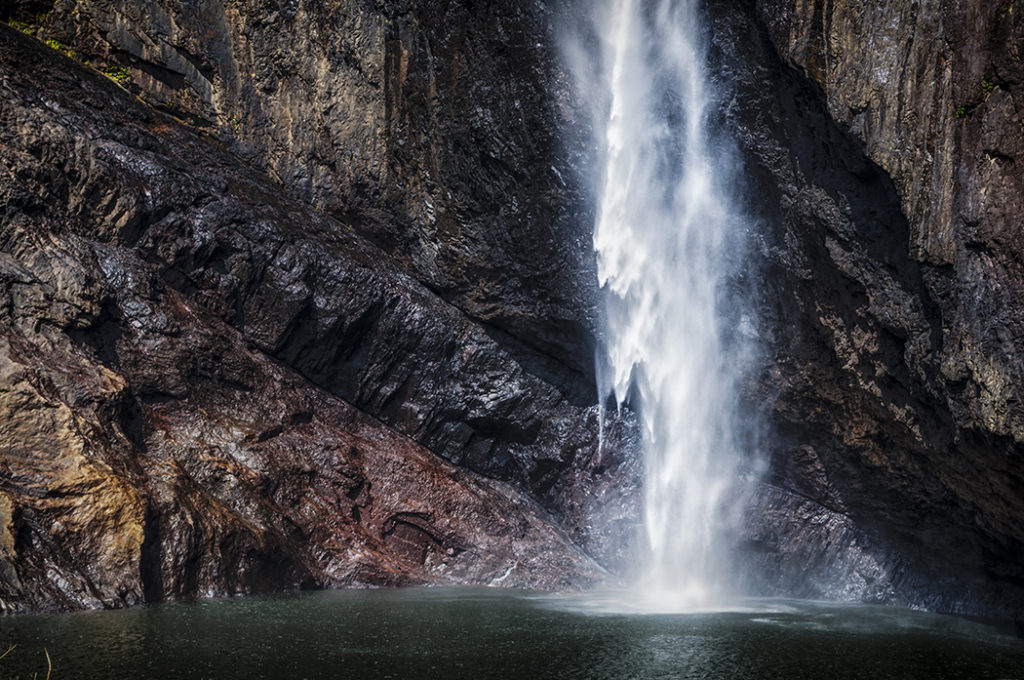
From the Wallaman Falls lookout, the Djyinda walk descends the gorge’s eastern escarpment via a number of switchbacks. It is a steep trail dropping more than 220 meters in height over the 1.5-kilometre walk.
As you descend, the eucalypt forest gives way to the thick rainforest, and the roar of the waterfall gets ever nearer. Closer to the bottom, glimpses of the falls can be seen through frames of jungle vines, palm fronds, and strangler figs.
Finally, the trail emerges into the canyon opening. The sound of the cascading water echoes around the great gorge. The mists of the waterfall coat the rocks leaving them slick, be careful not to slip. Sit upon the boulders in the gorge and take a moment to reflect on the age and sheer size of this incredible formation.
The hike back up, for us, was quicker, albeit more tiring. Enjoying a cold beer from the lookout, as the sunset behind the gorge felt all the more deserved after completing the Djyinda Trail.
Banggurru Trail
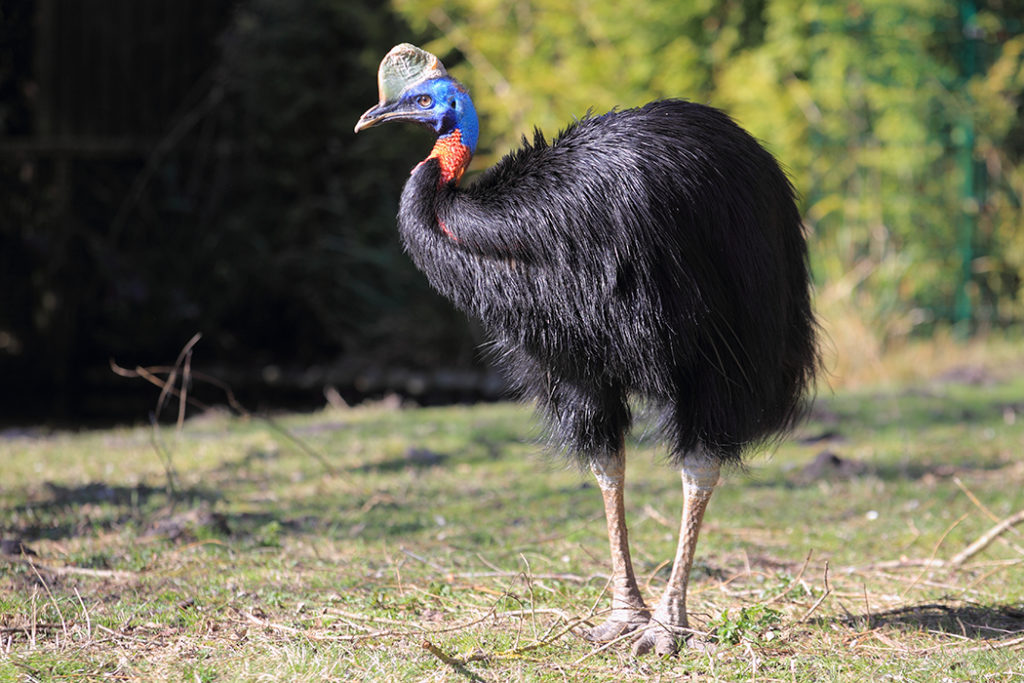
If you are looking for a quicker, less challenging walk, the 800 meters one way, Banggurru (turtle) walk is an easy rainforest stroll that starts from the Wallaman Falls Camping area.
Along the trail, a number of signs describe the strategies of the various species of trees that battle for survival in the sunlight starved world beneath the canopy.
The trail comes to an end on the banks of Stoney Creek. By the creek, you may be lucky enough to spot a platypus or the saw-shelled turtle for which the trail is named.
Wet Tropics Great Walk
Conversely, for those looking for a challenge, and to immerse themselves more completely in this remote National Park, the Wet Tropic Great Walks offer such an opportunity. Set over 110 kilometres of trails, 6 different multi-day walks, between 20 and 60 kilometres are available throughout the Girrungun National park.
The Great Walks run between Blencoe Falls and Wallaman Falls. Three walking tracks cover the Wallaman Falls Section of the park. Further information including, maps, campsite information, and trail guides can be found online on the Queensland Government website.
Wallaman Falls Camping
The Wallaman Falls Camping area is just around the corner from the Wallaman Falls lookout and offers basic camping facilities.
It is the perfect place to retire to after a morning or afternoon of exploration and meditation above and amongst the Wallaman Falls. It also allows an early morning trip back to the falls to see it in a whole new light.
Wallaman Falls Camping area has a capacity of 40 persons and is for tent camping only (no caravans or trailers). It also has a day-use area that does not require a reservation.
Camping facilities at the Wallaman Falls camping area include:
- Water (untreated)
- Toilets
- Cold showers
- Fire pits (open fires not permitted and BYO firewood)
- Woodfire barbecues
- A Shelter shed
- Picnic tables
Camping costs $6.75 per person per night and reservations are recommended, particularly on weekends.
How to Get to Wallaman Falls
As you ascend into the Girrungu National park, leaving the flat coastal plain and the fields of sugar cane behind, the landscape changes, and you are gradually engulfed by forest. Keep your eyes peeled for cassowaries that are native to this area.
Wallaman Falls in Girringun National Park is located 162 kilometres north of Townsville, and 287 kilometres south of Cairns. The town of Ingham is 52 kilometres to the west of Wallaman Falls and marks the point where you leave the highway.
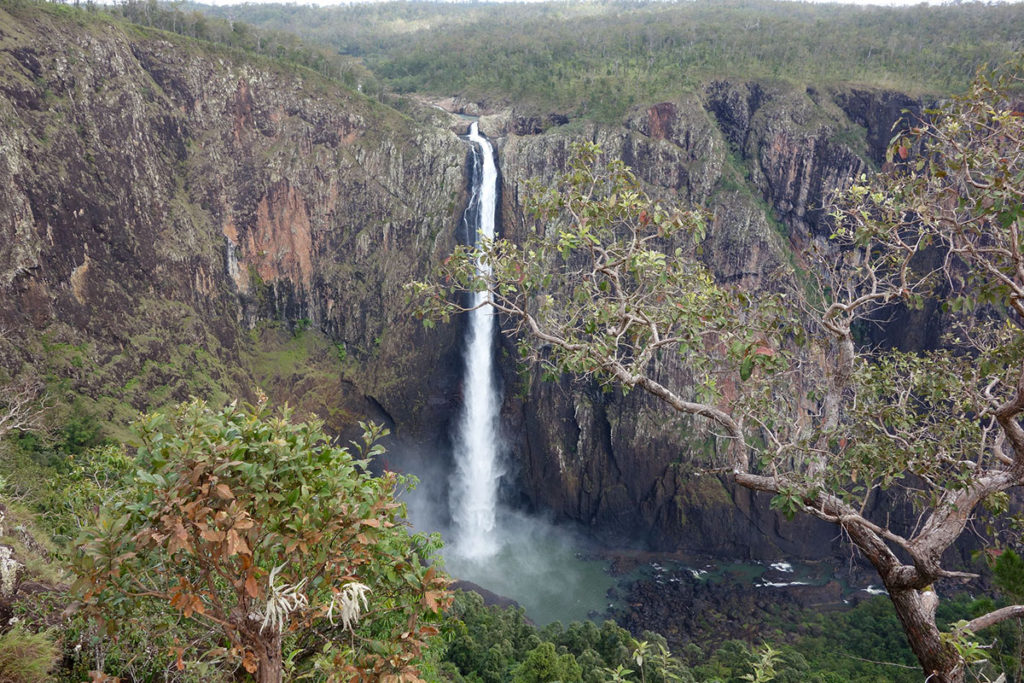
Although easily accessible by conventional vehicles, the sealed road is narrow, steep and winding, not recommended for caravans. TYTO Information and Wetlands Centre in Ingham offer the use of their carpark to securely leave your caravan for the day.
If you don’t have your own vehicle the closest car rental is in Townsville. Car hire is also available in Cairns. Or if you are not able to self-drive, Ravens Tours in Townsville offer a tour to the falls.
Ingham to Wallaman Falls
From Ingham the route is straightforward. Take Wallaman Falls Rd to Lookout Rd in Wallaman. The journey is 52 kilometres and takes you up a steep, narrow, and winding road. Care should be taken for vehicles coming in the opposite direction returning from the popular tourist destination.
Townsville to Wallaman Falls
Townsville is serviced by Queensland Rail, Greyhound Bus, and a Domestic Airport terminal. From Townsville take the Bruce Highway (A1) north for 112 kilometres directly to Ingham.
Brisbane to Wallaman Falls
Brisbane is the state capital of Queensland and home to the state’s major international airport. Queensland Rail and Greyhound Bus run daily services to Ingham. From Brisbane, the Bruce Highway runs directly to Ingham 1,450km. On your way up the coast, you will see some of the best Queensland has to offer. Be sure not to miss the incredible Town of Seventeen-Seventy, or Kangaroos on the beach at Cape Hillsborough.
Cairns to Wallaman Falls
Cairns is serviced by Queensland Rail, Greyhound bus, a domestic airport, and a small international airport that handles a handful of routes. From Cairns, take the Bruce Highway (A1) south for 235 kilometres directly to Ingham.
Practical details for planning a trip to Wallaman Falls
What time of year should you visit Wallaman Falls?
Stoney Creek flows year-round allowing Wallman Falls to claim its crown as the highest “perennial” single drop waterfall in Australia. That being said, the tropics have a distinct wet and dry season. And the falls are said to be most spectacular during the wet season between December and March. Nevertheless, we were awed when we visited in late August so don’t miss out just because you happen to be here in the dry season.
Although parts of the tropics can be unbearably hot in the wet season, temperatures here remain a few degrees cooler than the coast due to the altitude.
What time of Day should you visit Wallaman Falls?
The falls are beautiful at any time of day. And, they offer something different at various times, depending on the sun’s position in the sky. Plan your visit according to preference.
We arrived at the falls mid to late afternoon and they were beautiful. After completing the Djyinda Trail to the bottom of the falls and coming back up we watched the sunset behind the gorge and the falls in the last of the daylight were also beautiful. Finally, wanting to see the falls in full colour, we returned the next day and cooked breakfast as we waited for the sun to get high enough to light up the entire gorge which was also stunning.
What Vehicle do I need?
The road to Wallaman Falls is sealed the whole way and it is accessible by most conventional vehicles. However the road is also narrow and winds above steep cliffs, caravans are not recommended but can be left at the TYTO Visitor Centre in Ingham.
What is the weather like at Wallaman Falls?
Although located in Queensland’s tropical north where the weather is normally hot year-round, the Wallaman Falls are 554 meters above sea level. Because of this, temperatures remain subdued here and are usually several degrees cooler than temperatures recorded on the coast.
The falls lookout is on the edge of a great gorge meaning it is exposed to the elements and strong winds are often recorded here.
The wet season from November to March is when the falls are usually at their most spectacular. It also means that there is the greatest chance of rain. Moreover, the base of the falls is covered in the perpetual mist of the falls.
Walkers and campers should be prepared for a variety of conditions including, heat, wind, cool and wet.
What Clothes Should I Pack?
Warm sunny days call for, shorts and t-shirts but be prepared to rug up after the sun goes down as the temperature drops quickly.
A rainy wet season and the fact that it is a waterfall means you should definitely bring your raincoat. It can also act as a good windbreak when the winds kick up atop the gorge.
What Shoes Should I Wear?
Though the day walks available here are mostly short, the Djyinda Trail’s steep descent calls for more than North Queenslanders preferred footwear of thongs (flip-flops outside of Australia). A good pair of high sided walking boots will help protect ankles.
What should I bring to Camp at Wallaman Falls?
You will need a tent to camp at Wallaman falls camping area as caravan and trailer camping is not permitted. Treated water is not available, so bring fresh water or a method to treat the water. Also, think about bringing firewood for use in the provided fire rings as it is surprisingly cool once the sun sets.
So is a trip to Wallamans Falls worth it? A resounding yes! Wallaman Falls is special and should definitely be on your lists of the best waterfalls to see in Australia and the best things to do in North Queensland.
About the Authors
Kelli and Eddie are the explorers and the creative minds behind The Vanabond Tales blog. Follow their adventures on their blog or connect with them on Pinterest and Instagram.
More on Queensland
- 14 Amazing Things to Do in Airlie Beach, Queensland
- Wallaman Falls: All You Need to Know About Australia’s Highest Waterfall
- 6 Best Places to see Wildlife in Queensland, Australia
- Birding Queensland: Bowra Wildlife Sanctuary
.

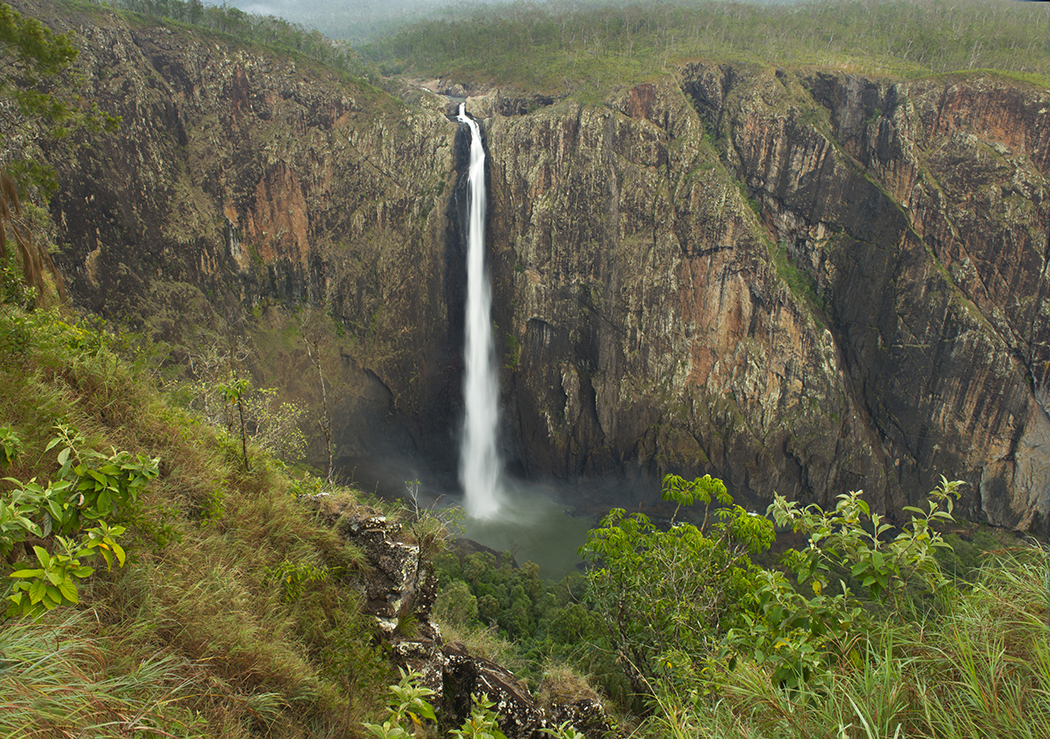
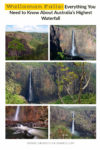
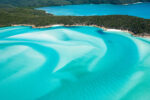
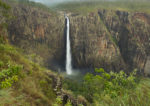
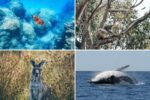
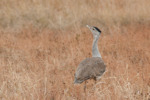
Gorgeous! We’ve been to Cairns but obviously missed out on these beautiful falls. Just another excuse to return to Australia!
Beautiful falls, and I’d love to visit whether they’re Australia’s highest or not. The camping sounds good, just a pity there’s no hot water for showers.